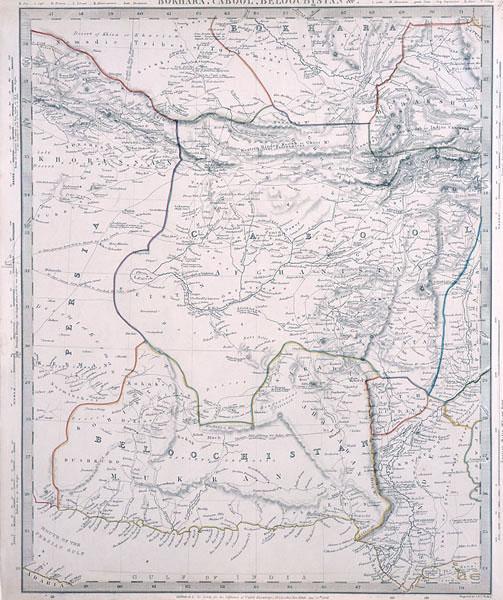
The world's countries, as reflected by the risk of mass atrocities in each. (Simon-Skjodt Center for the Prevention of Genocide United States Holocaust Memorial Museum)
On Monday, the Simon-Skjodt Center for the Prevention of Genocide launched a tool aimed at forecasting the risk of state-led mass killings. The Early Warning Project tracks the apparent signs of a potential pogrom or assault on minorities within a state. Its findings stitch annual statistical risk assessments of individual countries — based on a number of models conceived by political scientists — alongside crowd-sourced opinion surveys of regional experts.
The 10 countries at the highest risk of experiencing a future episode of mass killing are as follows:
- Myanmar
- Nigeria
- Sudan
- Egypt
- Central African Republic
- South Sudan
- Democratic Republic of Congo
- Afghanistan
- Pakistan
- Yemen
A report concluded then that the Rohingya were a people "at grave risk for additional mass atrocities and even genocide."
"We’re very cautious when we invoke the term 'genocide,' knowing that it can be quite polarizing and sometimes even unhelpful," said Hudson at the time. "But there is a combination of factors — many of which you saw in 1930s Germany and 1990s Rwanda — that are quite concerning."
The project now is anchored in the Holocaust Museum's moral mission to educate against and prevent future atrocities, says Michael Chertoff, former secretary of Homeland Security and chairman of the museum's Committee on Conscience, in an e-mailed news release.
"No longer can governments say that they 'did not know' as a means of justifying their inaction," he said.

Ishaan
Tharoor writes about foreign affairs for The Washington Post. He
previously was a senior editor at TIME, based first in Hong Kong and
later in New York. https://www.washingtonpost.com/news/worldviews/wp/2015/09/21/map-the-risk-of-genocide-around-the-world/









































No comments:
Post a Comment